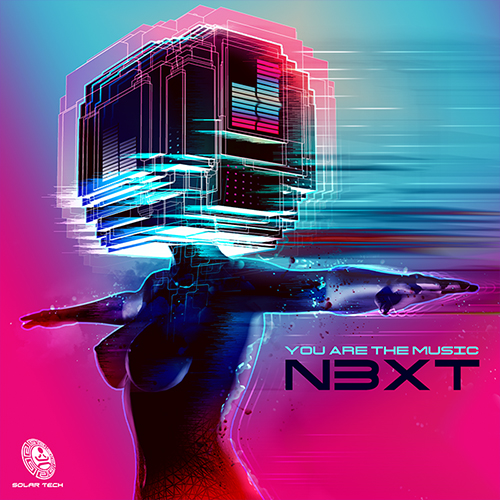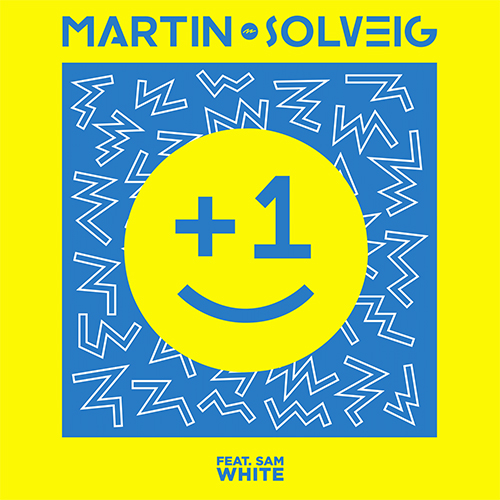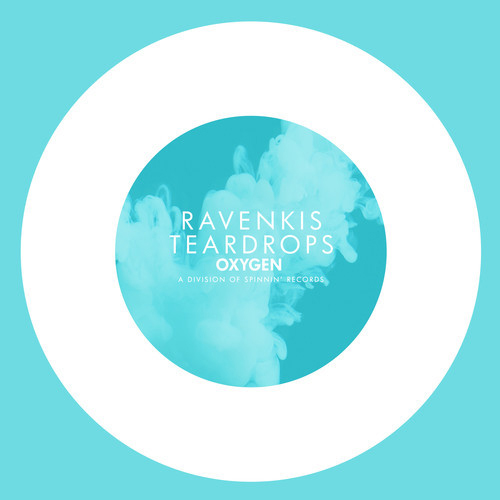-
 play_arrow
play_arrow
Clubalicious Clubalicious Radio
-
 play_arrow
play_arrow
London Calling Podcast Yana Bolder

PLUG-INS…OR LACK THEREOF
Having made the best possible transfers effectively gave Bergh and MacMahon the quality, and the confidence, from which they could continue to follow the Hippocratic oath of good sound restoration: First, Twist the Minimum Number of Knobs. (Editorial aside: Compare and contrast to today, when many think nothing of trying to create an Atmos mix from a mono movie.)
Bergh explains, “Early on in the postproduction process, we did some temp mixes for screenings, going the traditional way one might expect with a music film. It sounded like a film and what you’d expect going into a theater, but because we knew the source material so intimately, the source quality was not getting through in the way we were wanting it to.”
For the music tracks coming from Led Zeppelin records, which were essentially already mastered at the time they were made, not a single plug-in was used to process sound. No noise reduction, no EQ, and no compression or limiting. Minor EQ was used on the live performances, which had been mixed by who-knows-who and were not under the control of the band.
At the very least, using plug-ins to get snaps and crackles out of the disc transfers would seem to be a lock, given the percentage of time they take over in the movie. Continuing with the purist approach, MacMahon tasked engineer/producer Peter Henderson with the laborious process of manual de-clicking. They had first worked this way on American Epic, though Bergh had been skeptical at the time that he could actually hear the difference between manual and careful software de-clicking.

“Peter has incredible ears, and on American Epic, I did an A/B test with him, and 10 out of 10 times, he could tell one apart from the other,” Bergh notes, estimating that Henderson would spend days on a particular song, instead of the minutes that it would take using software. The picture restoration by Gitlin was also done with manual hand cleanup rather than automated tools.
Clearly, the sum of all these parts—cherry pressings on Bergh’s turntable and his alignment for each disc and song, as well as Henderson’s declicking—are far better than what anyone heard in 1969, much less from this writer’s broken-down Garrard turntable. Still, the team never took the view that this was somehow “retro cool,” which these days might involve adding ticks and wow. Bergh terms the presentation as the “idealized” record sound.

GETTING THE MIX TO THEATERS
All of the source material was either mono or two-track stereo; of course, there were no surround mixes done for rock music in the late 1960s, and no original multichannel sources were used. Bergh did test the usual suspects in the field of upmixing, determining that none of them felt right.
In the end, he used only the basic multichannel panner in Pro Tools to spread the mix to the center (using divergence) and LFE. Very light surround information from a reverb was added “to fill in the space” in dead movie theaters. This was all removed, however, when it came to the two-channel stereo mix for home video.
Although the team had been mixing the movie in the standard theatrical 5.1 format, the U.S. deliverables called for an initial release on IMAX screens in select markets. As opposed to standard movie sound systems, where screen channels go down to 40 Hz and the LFE channel is individually assignable, IMAX uses a proprietary bass management format that has been essentially untouched since its early days in the 1970s showing nature documentaries, which were projected double-system with 35mm six-track mag interlock.
The low end from all six channels (left-center- right, plus point-source left- and right-surround speakers, and the screen-top speaker) are all summed and sent to the subwoofers. (The center top channel is optional.) That means IMAX printmasters are 5.0 (6.0 with the upper speaker), with no “direct” access to the subwoofer channel.
As Bergh explains, “The low end of the Led Zeppelin music is fast and demanding, and the phase relationship between the LFE and the main screen channels is absolutely critical, so much so that it is like a test signal for checking low-end in workflow and the theatrical B-chain. The real challenge and art of the IMAX conversion is in the low-end. The LFE material and main-channel low end need to be adjusted and folded together with extreme care and precision to avoid phase distortion and EQ errors. The folks at IMAX were very generous to accommodate this and support our unique approach. In the end, our IMAX version is more like a precision ‘transcoding’ to their system. This way, low-end phase accuracy could be maintained and the low end retains the musicality of the original records.”

SOUND QUALITY MATTERS
Bergh notes that “there was a constant effort at all stages and with every element to push the boundaries of quality as much as we could. Bernard has a great ear for music, and is unique in his interest to approve even small improvements in sound quality. Normally, if I say to someone, ‘I think I can get another 5 percent or 10 percent out of this element,’ they just say move on, it is not enough. Bernard will always approve, and he understands how even a 5 percent technical improvement can often yield, say, a 20 percent emotional connection to the track.”
In late March, seven weeks after the release of Becoming Led Zeppelin in theaters and at the last moment before the home video master was being shipped, MacMahon came back to Endpoint for one final mix fix. A better-quality source for one cue had been found. This was not the first post-theatrical release tweak that they had made.
As MacMahon says, “If something appears to help the sound as the ship is sliding down the ramp into the ocean, if there’s breath in my body, I will not willingly present something to the public that’s not as good as it can be.”
•. •. •
Becoming Led Zeppelin Sidebar: Peek Inside Endpoint Audio Labs
Written by: Admin
Similar posts
Recent Comments
No comments to show.Featured post

Latest posts
Current show
Upcoming shows

Made To Move
Jacob Colon
16:00 - 17:00
Night Owl
Insomniac
17:00 - 19:00
Selador Sessions
Steve Perry
19:00 - 20:00
Global Sessions
By Tom Cuffia
20:00 - 21:00
Fresh Is Fresh
THIS WEEKS HOTTEST DANCE RELEASES FROM DEE JAY PROMOTIONS
21:00 - 23:59Chart













